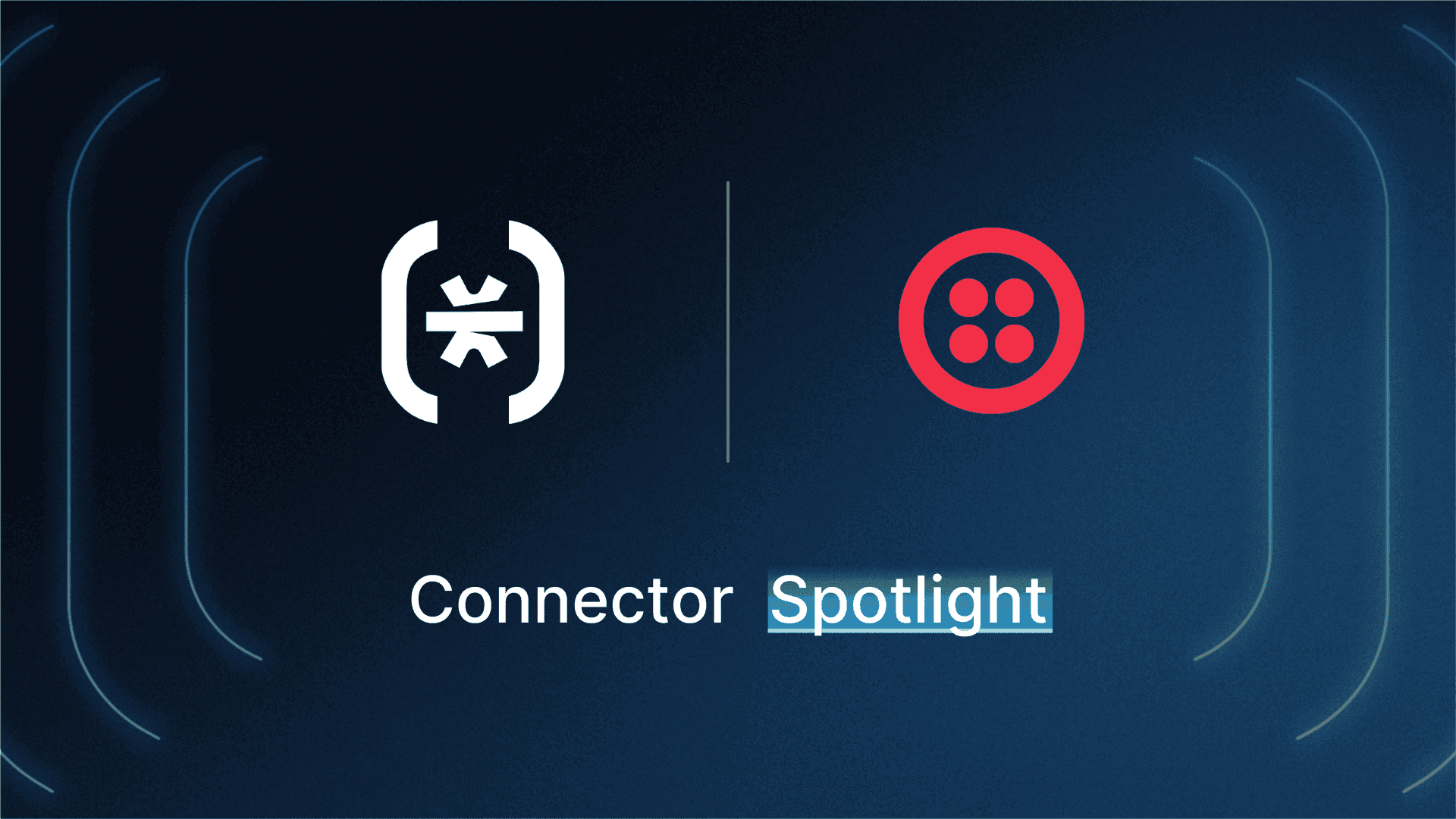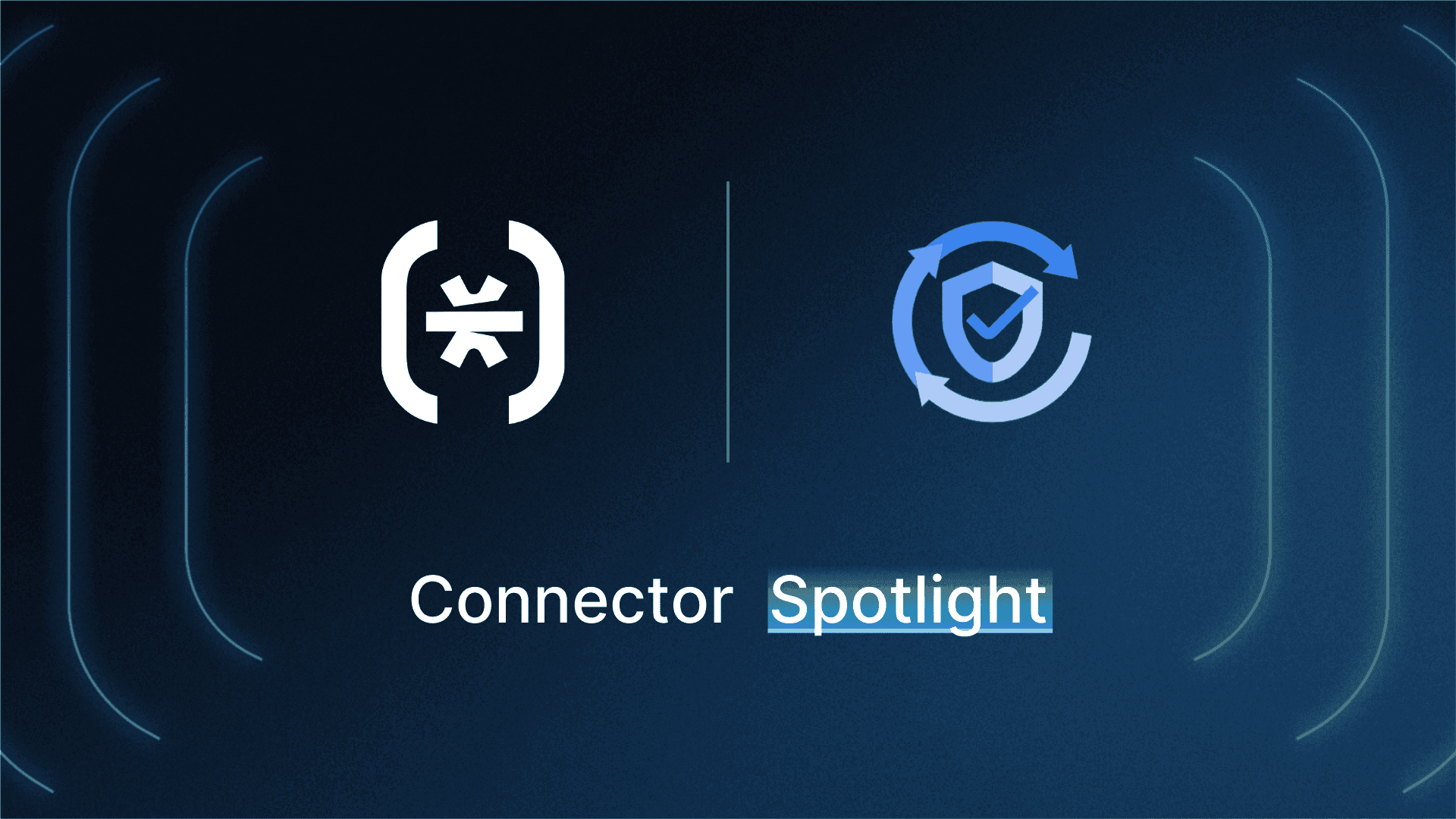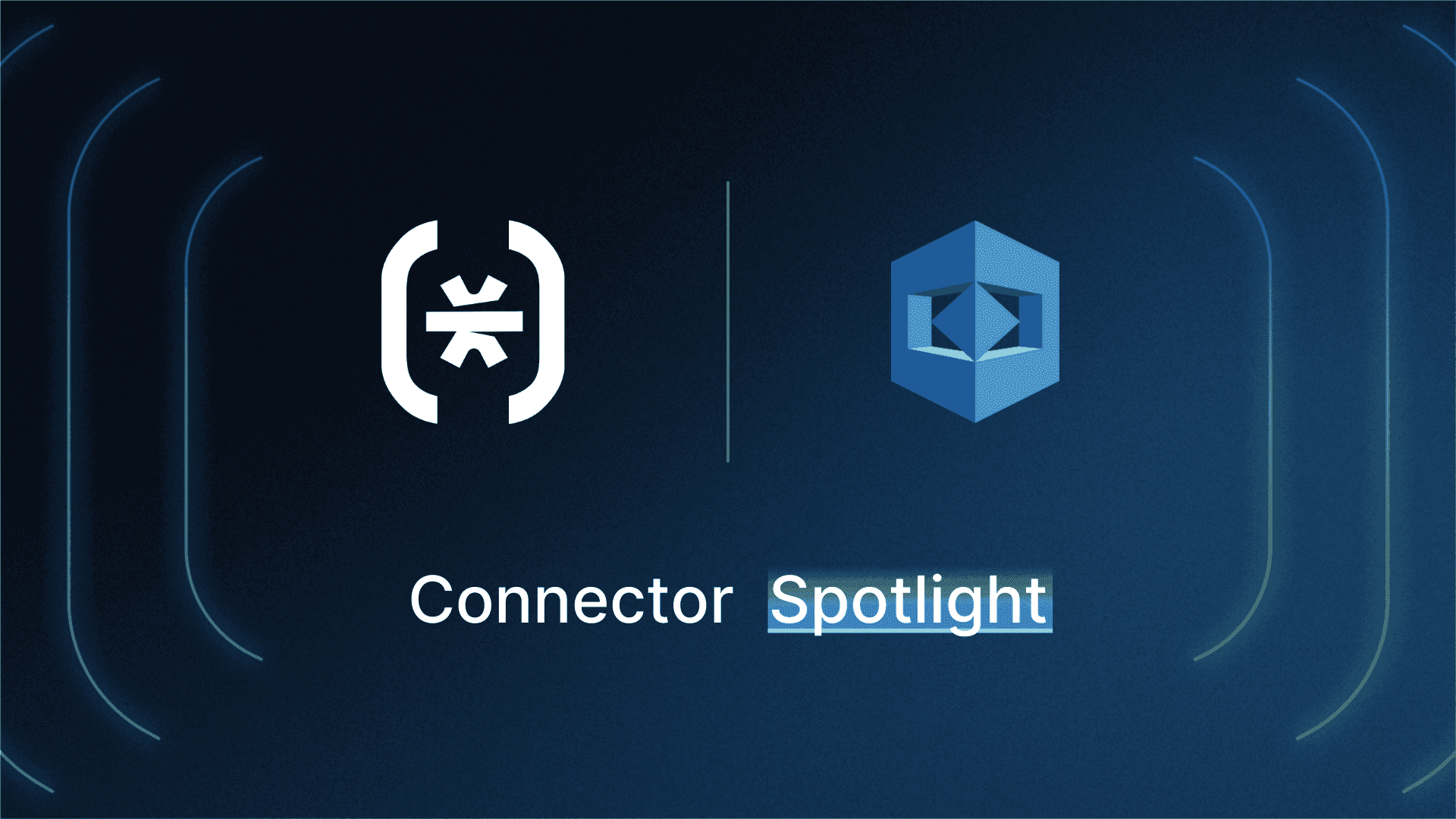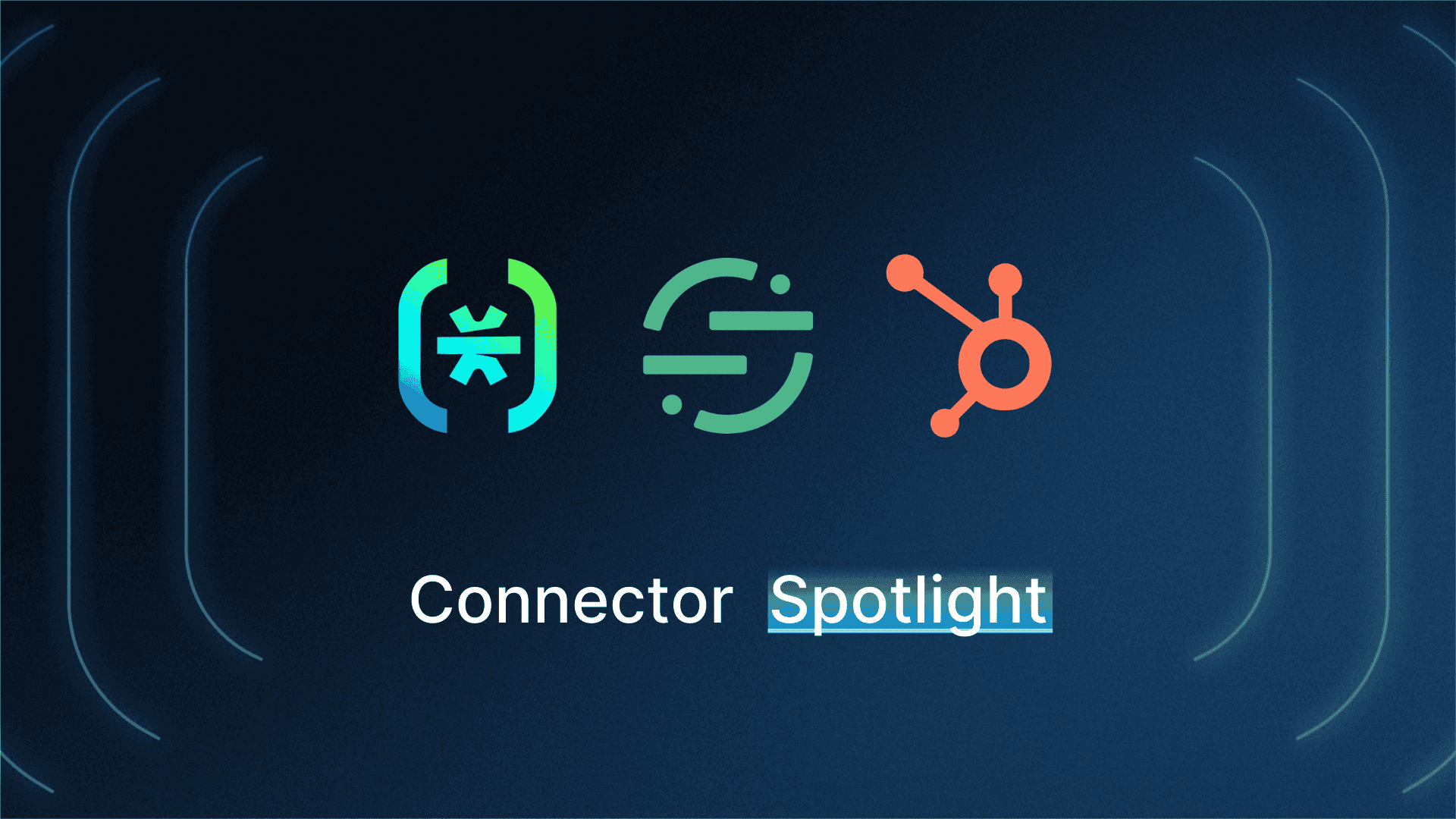Table of Contents
What is Twilio Verify
If you’re already using Twilio to power communications in your app, you know how powerful the platform is. But when it comes to user authentication, there’s a big difference between sending a code and securing a flow.
Twilio Verify solves that by offering a dedicated API for sending and validating one-time passcodes via SMS, voice, and more. And with Descope’s no-code connector, you can drop Twilio Verify into your auth flows in minutes—no backend logic required.
In this blog, we’ll show you how to use Descope and Twilio Verify to build seamless, secure Twilio OTP authentication across channels.
What is Twilio Verify
Twilio Verify is a scalable API service built to authenticate identities securely with one-time passcode (OTP) delivery through SMS, voice, and other channels.
For teams already using Twilio, Verify offers a higher-level solution built specifically for identity verification. Rather than piecing together OTP logic with low-level messaging APIs, Verify handles it all—code generation, message delivery, localization, expiration, and fraud prevention—with a single API call.
With over 4.8 billion verifications processed annually, Twilio Verify offers the security, scale, and reliability needed for high-volume authentication.
Paired with Descope, it becomes even easier to add phone-based verification to login, signup, and step-up flows, no backend code required.
Twilio Verify vs. Programmable Messaging
If you're already using Twilio Programmable Messaging, you might wonder why you can’t just send OTPs with that.
Technically, you can. But building secure OTP flows with Programmable Messaging means managing every piece yourself:
Generating, storing, and expiring OTPs
Localizing message content
Detecting fraud or SMS pumping
Matching user-entered codes
Handling retries and timeouts
Logging and auditing delivery/verification attempts
Twilio Verify, on the other hand, abstracts all of that into a single purpose-built API, designed specifically for identity verification.
Why power Twilio OTPs with Descope?
Twilio Verify offers industrial-strength delivery, but implementing it in your app still requires manual orchestration, UI work, and edge-case handling. That’s where Descope comes in.
With Descope’s Twilio Verify OTP connector, teams can:
Easily add SMS and voice OTP to any authentication flow without writing custom logic
Automatically translate the voice or SMS OTP message based on the user’s phone number
Prevent SMS pumping fraud using Twilio’s built-in Fraud Guard
Track OTP verification trends with integrated Twilio performance data
Orchestrate user journeys in a no-code workflow, combining Twilio Verify actions with data and actions from a range of tools such as Segment and reCAPTCHA, along with built-in Descope capabilities like device fingerprinting and risk identification.
You can learn more by visiting our documentation on the Twilio Verify connector.
Use case: Twilio SMS OTP authentication
SMS OTP remains one of the most popular two-factor authentication methods, thanks to its familiarity and ease of use. With Twilio’s global infrastructure and Descope’s visual workflows, developers can quickly embed SMS-based authentication into their applications.
In this flow, Descope handles user orchestration while Twilio Verify manages OTP generation, delivery, and validation. The result is a fast, scalable experience that feels seamless to users and simple to maintain.

The image below shows the user-facing screens for the Twilio SMS OTP flow.
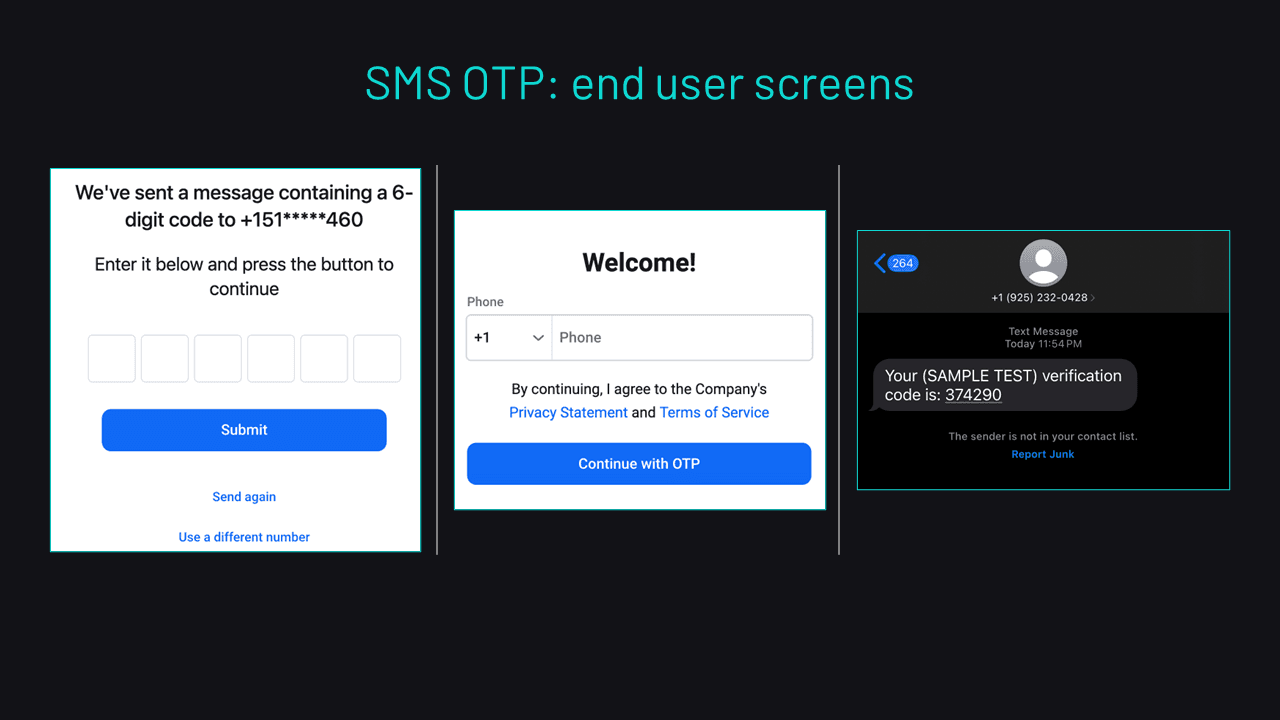
Use case: Twilio voice OTP authentication
Voice OTP is a valuable alternative for users who can’t receive SMS messages whether due to unreliable carrier coverage, accessibility needs, or personal preference. Instead of a text, users receive a phone call that delivers the OTP via audio.
With Twilio Verify powering the call and Descope managing the user flow, you can quickly implement voice-based verification that’s secure, scalable, and localized based on the user’s phone number.
This approach not only strengthens your authentication strategy but also makes it more inclusive by supporting different user contexts and needs.

The image below shows the verification screens for the voice OTP flow.
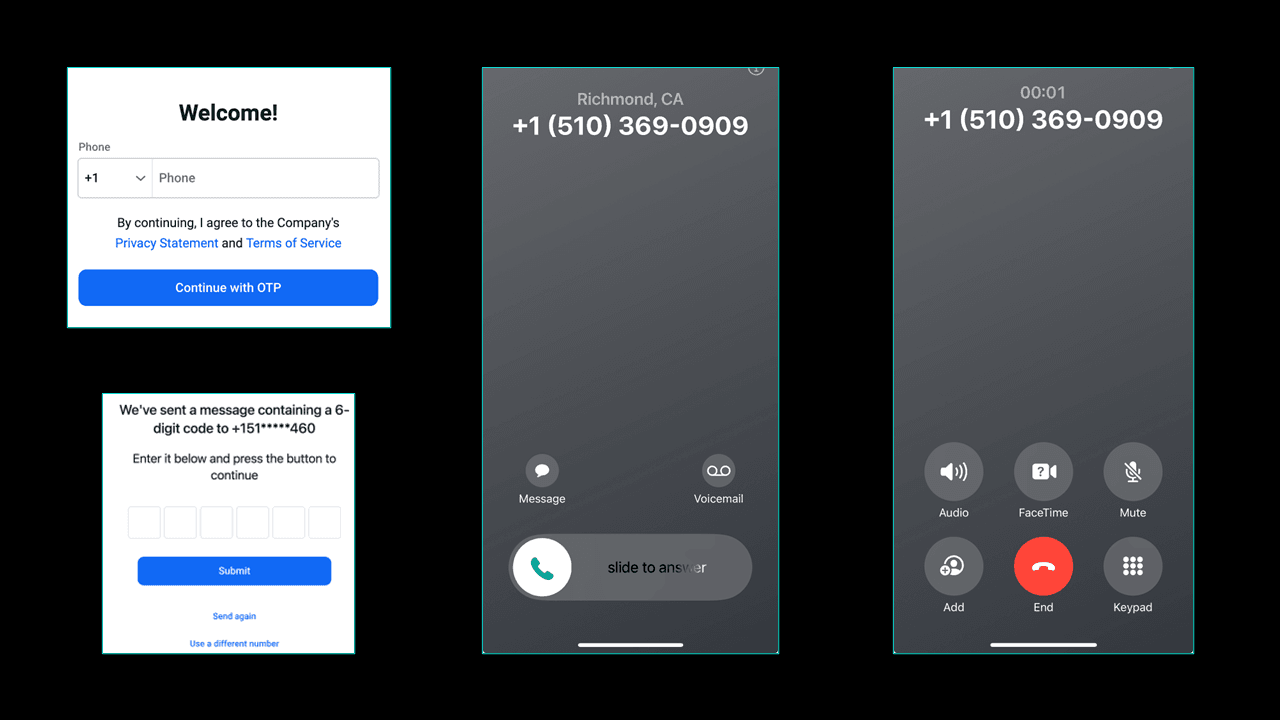
Build smarter Twilio OTP authentication with Descope
Together, Descope and Twilio Verify make it easy to deliver secure, global, phone-based OTPs that scale with your app. Instead of managing API calls, writing translation logic, or juggling fraud detection scripts, you can focus on designing user journeys that just work.
This integration gives you:
A seamless way to add Twilio OTP to your login or onboarding flows
The fraud protection, localization, and delivery guarantees of Twilio
The orchestration, risk detection, and extensibility of Descope
No custom code. No context-switching. Just secure, modern authentication.
Sign up for a Free Forever account and set up your own Twilio Verify connector. To explore other connectors, visit our integrations page.

